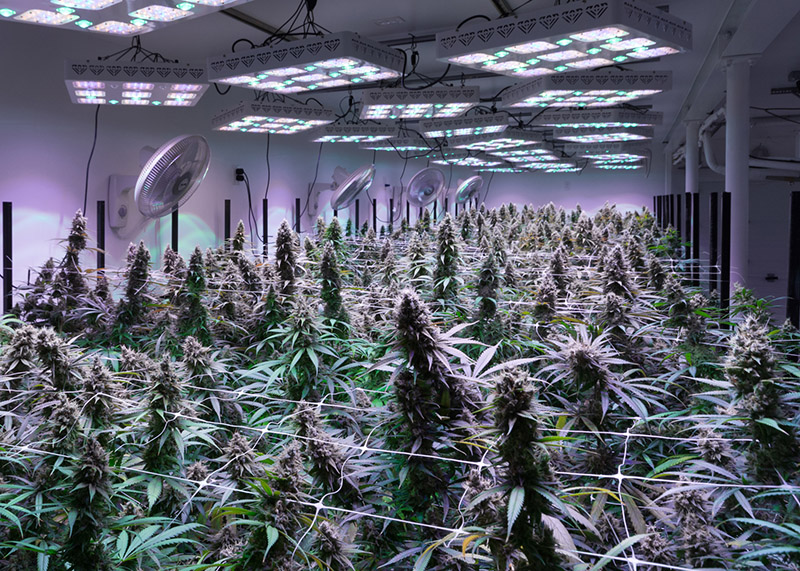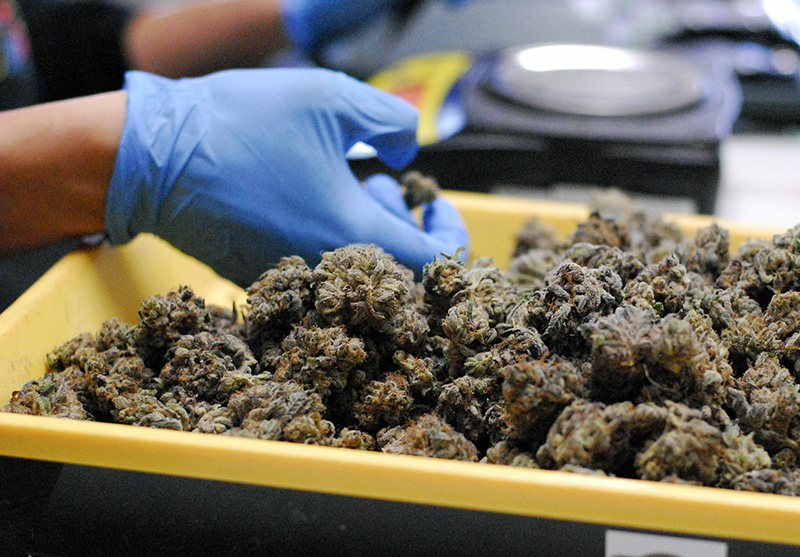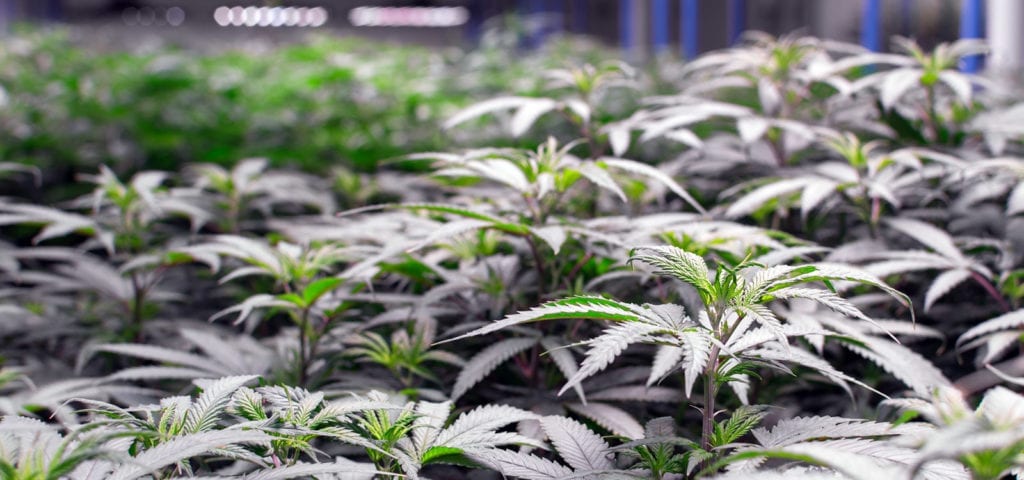States with recreational cannabis have seen an uplift in craft experiences and microbreweries; from beer to coffee, organically produced products are becoming more popular as consumers become more conscious of the implications of their purchases. It’s no wonder that the cannabis industry is paving the way for curated experiences, ranging from carefully rolled and infused pre-rolls to artisanal confections. We’re even seeing infusions of cannabis in consumption formats other than smoking and edibles, such as coffee products that deliver new and unique caffeinated experiences. This enables consumers to embrace cannabis with an experience-first mentality, eclipsing the desire to seek only a particular strain.
California’s craft beer industry is worth nearly $7B and its three-tiered system could serve as a model for the cannabis industry to follow — but only if the smaller guys can distribute while preserving the experience they are meticulously crafting. If cannabis is forced to pass through third-party distributors, some argue, they will drown amidst the noise and contribute to monopolies where only a few bigger guys win. Countering this argument are the Teamsters, who posit that allowing businesses to hold multiple license types and self-distribute leads to vertically integrated oligopolies where a few players will become large enough to dominate the market.
The MCRSA — or Medical Cannabis Regulation and Safety Act, passed in September 2015 — requires all cannabis to pass through distributors who are responsible for getting batches tested and getting them from manufacturer to processor and/or to the retail/delivery customers. The advent of the Adult Use of Marijuana Act, which was passed by voters in November 2016 and handles the legalization of recreational cannabis in California, has created diverging supply chain dynamics and led to a debate over distribution — as AUMA or Prop 64 doesn’t require cannabis to pass through distributors.
Amidst the controversy, Gov. Jerry Brown revealed a set of proposals to reconcile differences between the medical and recreational regulations, thus simplifying the way California would operate and reduce costs. According to AUMA, a business is not restricted on how many licenses it can hold, apart from testing facilities which need to operate independently. According to Gov. Brown, restrictions on vertical integration create limitations on business model innovation and do not lead to consumer safety.

One of the key reasons businesses wish to self-distribute is because their brand’s reputation depends on it. In addition to producing a product with consistency in taste and potency, delivering on time and consistently is a key factor that separates good brands and distributors from their inconsistent counterparts. Many in the industry wonder if brand values will be upheld by distributors who would be interfacing with dispensaries and representing the brands they are carrying.
The three-tiered system in the alcohol industry was implemented to stop Big Alcohol from consolidating power, but these reasons are slowly becoming antiquated. The original intent of implementing this three-tiered system was to cure one of the problems that ultimately led to alcohol prohibition: producers who sold directly to retailers placed pressure on retailers to increase their sales of alcohol, thus encouraging over-consumption by consumers. By adding a distributor as a middleman between the producer and retailer, producers no longer had the power to pressure retailers and thus the system was seen as a better solution for public health.
According to the latest MCRSA update, distributors may take possession of flower/trim from cultivators to then sell to manufacturers or even contract with them for manufacturing of the harvest. Distributors will also be allowed to re-package dried flower but not manufactured goods. Distributors will be able to sell to other distributors and most importantly to dispensaries, after getting the product tested. The regulations also cover a vast array of topics ranging from storage to the destruction of failed batches to inventory reconciliation requirements and, lastly, transportation — which will require a separate license altogether.
This doesn’t mean, however, that producers CANNOT enter into contractual agreements with buyers outside of their relationship with distributors, even though distributors can take a cut for their services. Producers will have the freedom to set pricing and payment terms for their product. Note, however, that consignment will no longer be allowed, so distributors will not be allowed to hold title to the products after they have been delivered to the retail customer, thus cannot be following up for payments.

These updates come at a time when agencies are opening up the floor to all public comments as they prepare to craft the final licensing requirements. State licenses are expected to be available January 1, 2018 and will require applicants to have obtained a local license prior to receiving state approval. Some legislators have expressed concerns about potential delays in the regulatory development process, including North Coast State Senator Mike McGuire. All commercial cannabis businesses, whether medical or recreational, will require operators to have both local and state approval to legally operate, as established by both the Medical Cannabis Safety and Regulation Act passed in 2015, and the Adult Use of Marijuana Act (Prop 64), approved by voters in 2016. The state has also set up a new online Cannabis Portal to centralize information about the new rules.
Regardless of how you spin it, third-party distribution has its pitfalls, according to several industry execs. If you look at Big Alcohol, you will see that large booze brands dominate the market. This is because distributors get paid by volume and will focus on selling bigger brands over new brands as it will take the same amount of time to get a big brand into hundreds of stores as it will to get new brands into only a few stores. Even though the threat of vertical integration looms, the idea of expecting third party companies to understand the nuances of California’s cannabis climate may create problems than it will create good, and could lead to overregulation.
Get daily cannabis business news updates. Subscribe
End
